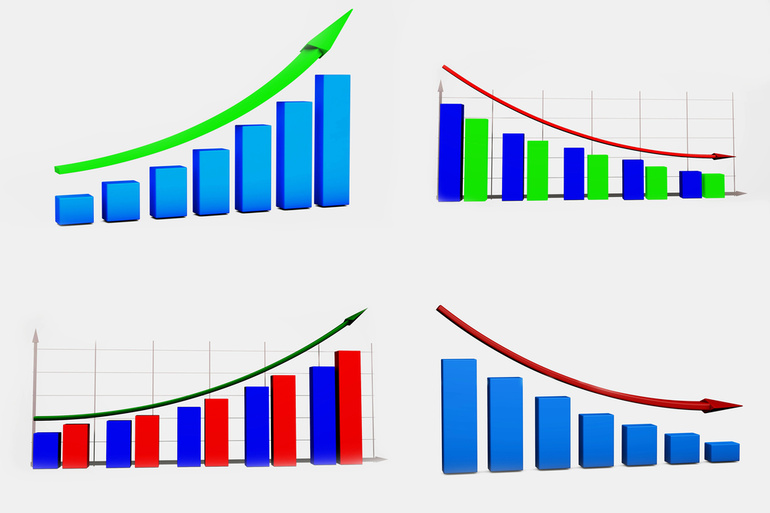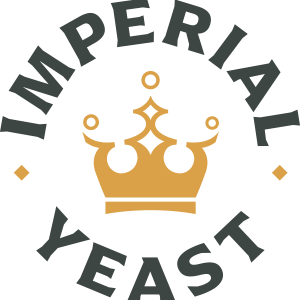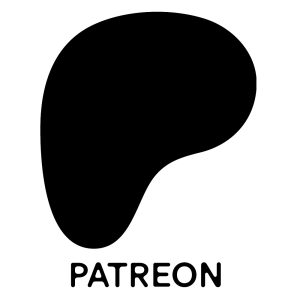In today’s dynamic market environment, understanding how consumers respond to price changes is crucial for success, whether you’re a global corporation or a local homebrew business. Price sensitivity varies significantly across different products and services, making it essential for businesses to understand consumer behavior. Proper knowledge of Inelastic vs Elastic Demand enables companies to employ effective pricing tactics and market entry tactics which drive their financial outcomes together with market standing.
What is Elasticity of Demand?
The sensitivity of customer demand to economic changes particularly price falls under the category of demand elasticity. The economic theory shows businesses how price modifications impact purchaser purchasing habits along with revenue patterns. A firm’s ability to understand demand elasticity enables better projection of price decisions on both sales volumes and profits.
Understanding elasticity proves essential in competitive businesses since minor adjusting prices can substantially shift market position. To create efficient pricing strategies businesses must determine the elastic or inelastic nature of their products or services.
The main branches of demand elasticity include elastic demand which generates large proportionate changes from price modifications as well as inelastic demand which produces smaller proportional demand shifts in response to pricing changes and unitary elastic demand responsible for equal quantitative price-demand relationship.
Elasticity of Demand Formula
The ability to calculate elastic demand plays a vital role in making strategic decisions for the business sector. The fundamental calculation uses percent differences in demand quantity to identify the price changes’ effects. This mathematical relationship enables business operations to measure consumer price change reactions.
The formula for calculating the elasticity of demand is relatively straightforward, though its implications are profound for business strategy:
Elasticity = (% Change in Quantity Demanded) / (% Change in Price)
This can be broken down further into its component parts, making it more practical for real-world applications. The detailed formula helps businesses make precise calculations when analyzing their pricing strategies and market positioning:
Ed = ((Q2 – Q1) / Q1) / ((P2 – P1) / P1)
The interpretation of these results provides valuable insights into consumer behavior and helps businesses optimize their pricing strategies for maximum profitability.
Four Main Types of Elasticity
Understanding the different types of elasticity provides businesses with a comprehensive framework for analyzing market dynamics and consumer behavior. Each type of elasticity offers unique insights into how various factors influence consumer demand and market responses.
Price elasticity of demand (PED) forms the foundation of elasticity analysis, measuring how quantity demanded responds to price changes. This fundamental concept helps businesses understand their products’ price sensitivity and optimize their pricing strategies accordingly. When correctly analyzed, PED can significantly improve revenue optimization and market positioning.
Price elasticity of supply (PES) examines how production levels respond to price changes, offering valuable insights into market supply dynamics. This understanding helps businesses anticipate supplier responses to market changes and adjust their strategies accordingly.
The main types of elasticity include:
- Price elasticity of demand (PED): Measures demand response to price changes
- Price elasticity of supply (PES): Analyzes supply response to price changes
- Cross-price elasticity of demand (XED): Examines relationships between related products
- Income elasticity of demand (YED): Measures demand changes relative to income changes
Key Differences Between Inelastic and Elastic Demand
The fundamental distinctions between elastic and inelastic demand play a crucial role in business decision-making and market strategy. Understanding these differences helps companies determine appropriate pricing strategies and predict market responses to price changes.
Products with elastic demand show significant changes in quantity demanded when prices change. This sensitivity often occurs in markets with numerous substitutes or for non-essential goods. Consumers can easily switch to alternatives or postpone purchases when prices increase, making demand more responsive to price changes.
Conversely, inelastic demand represents situations where the quantity demanded remains relatively stable despite price changes. This stability typically occurs with essential goods or products without close substitutes. Consumers continue to purchase these items regardless of price changes, though the quantity might adjust slightly.
Key distinguishing factors include:
- Price sensitivity level
- Availability of substitutes
- Product necessity
- Consumer behavior patterns
Understanding Elastic Demand
When markets have inelastic demand behavior price modifications create insignificant changes in customer purchasing decisions. Essential goods or services experience this phenomenon because consumers continue buying them at any price level. The proper comprehension of inelastic demand serves as essential knowledge for companies working in environments where standard pricing methods become ineffective.
Future pricing decisions for businesses need to be strategic because elastic demands create a direct relationship between price rises and product volume declines. Companies that show high sensitivity to customer demand need to optimize business costs and set competitive prices to safeguard profitability and market share.
Examples of Products with Elastic Demand
Product managers can create better pricing and marketing approaches when they recognize which of their offerings demonstrate elastic demand behavior. Products under elastic demand exhibit this pattern in fields where customers possess various purchasing choices or if the goods fall into the non-essential category. Thus, product manufacturers must position their prices correctly because these market segments endure high levels of competition.
Luxury goods frequently demonstrate elastic demand because consumers can easily postpone or forgo their purchase when prices increase. Similarly, brand-name products often show high elasticity because consumers can switch to generic alternatives when prices rise.
Additionally, Premium craft beers or seasonal releases demonstrate elastic demand. If prices increase, beer drinkers may hold off on purchasing or choosing a different brew that better fits their budget. Similarly, well-known beer brands often show high elasticity, as consumers can opt for more affordable alternatives when prices climb.
The entertainment and leisure industries also typically deal with elastic demand, as consumers have numerous options for spending their discretionary income.
Common examples of elastic demand products include:
- Entertainment services
- Luxury clothing and accessories
- High-end electronics
- Recreational activities
- Premium food brands
Understanding Inelastic Demand
The market condition of inelastic demand creates price alterations which barely affect the choices consumers make about purchasing. Such situations normally take place with items that people need regardless of how prices change. Business firms that operate in markets that resist traditional pricing dynamics need complete comprehension of inelastic demand.
Different strategic possibilities and strategic obstacles for businesses emerge from stable demand patterns that are insensitive to price adjustments. Businesses working with non-flexible goods prioritize enhancing efficiency and minimizing costs because their income remains largely insensitive to modifications in product prices. A stable revenue stream can be maintained by businesses because of this characteristic across market fluctuations.
The combination of market control and scant market competition displays itself as inelastic demand mostly in technical sectors that face strong entry barriers or have established loyal customer bases. Products in healthcare along with utilities and particular professional services demonstrate inelastic demand effects because consumers find essential alternatives difficult to replace.
Examples of Products with Inelastic Demand
Inelastic demand products typically fall into categories that fulfill basic needs or have few acceptable substitutes. These goods and services maintain relatively stable demand regardless of price changes, offering businesses more flexibility in their pricing strategies. Understanding which products exhibit inelastic demand helps companies develop appropriate market approaches and revenue models.
Essential items that consumers need for daily life often show inelastic demand characteristics. These might include:
- Basic food staples
- Prescription medications
- Utilities (water, electricity)
- Public transportation
- Basic healthcare services
Factors that Impact Elasticity of Demand
A number of essential variables decide whether a product or service displays elastic or inelastic demand responses. Industry monitoring of these influencing factors enables business forecasting and strategic response development for changing customer behaviors. Multiple market factors interact to form special market conditions that guide pricing approaches and organizational choices.
Market competition plays a significant role in determining demand elasticity. In highly competitive markets, consumers have more choices, typically leading to more elastic demand. Conversely, markets with limited competition or unique products often experience more inelastic demand. The degree of product necessity also significantly influences elasticity, with essential items generally showing more inelastic demand patterns.
Time horizon affects elasticity as well. In the short term, demand tends to be more inelastic as consumers have less time to find alternatives. However, over longer periods, demand often becomes more elastic as consumers can discover and switch to substitutes. The availability and quality of substitute products directly impact how easily consumers can change their purchasing behavior in response to price changes.
Key factors affecting demand elasticity include:
- Market structure and competition
- Product necessity level
- Time horizon considerations
- Substitute availability
- Consumer income levels
Special Considerations
Beyond basic elasticity concepts, businesses must consider several special factors when developing their pricing strategies. The relationship between price changes and total revenue varies depending on whether demand is elastic or inelastic. Understanding these relationships helps businesses optimize their pricing decisions for maximum profitability.
Cross-elasticity effects play an important role, particularly when dealing with complementary or substitute products. Changes in the price of one product can significantly impact the demand for related products, creating complex market dynamics that businesses must navigate carefully. Additionally, seasonal variations and market conditions can temporarily alter the elastic or inelastic nature of demand.
Special considerations in elasticity analysis:
- Cross-product relationships
- Seasonal variations
- Market conditions
- Consumer behavior patterns
Final Words on Demand Dynamics
Understanding the differences between elastic and inelastic demand is crucial for successful business strategy and market analysis. These concepts provide essential insights into consumer behavior and market dynamics, helping businesses make informed decisions about pricing, product development, and market positioning.
For homebrewers and small-scale breweries, the application of demand elasticity can significantly impact business success. By accurately assessing the demand elasticity of their homemade brews, brewers can better position their pricing strategies, expand their local market share, and maximize profitability.








